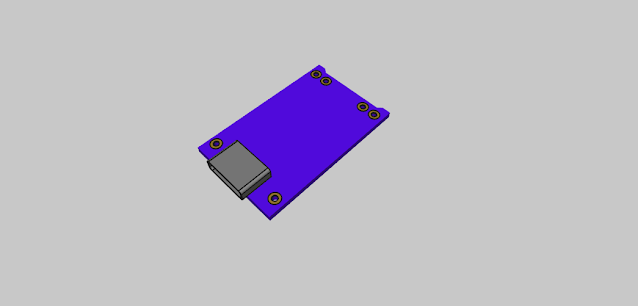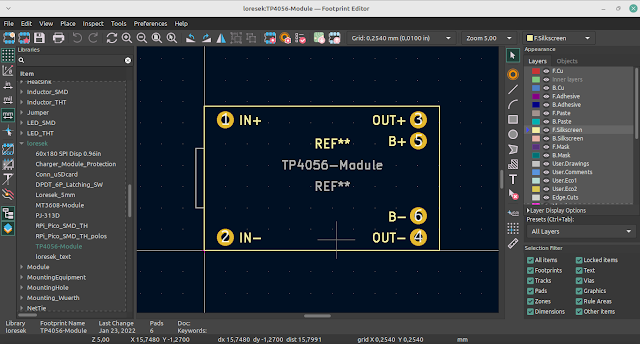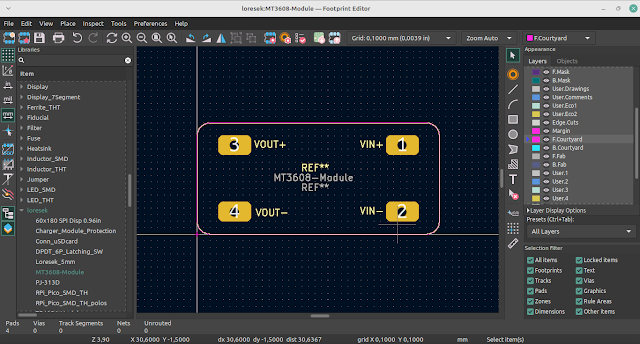Simplifying KiCad Workflow with KIPE - The KiCad Parser and Editor
While KiCad is a versatile tool, it can be challenging for beginners to use due to its complex interface and steep learning curve. Fortunately, there is a solution: KIPE - KiCad Parser and Editor.
KIPE is an open-source tool developed by Vincent Malatrait to help users of KiCad with two main functionalities: parsing and editing. The parsing function reads KiCad files and generates a graph structure in Python that can be manipulated using the editing function.
One of the main benefits of KIPE is that it simplifies the process of working with KiCad files. With KIPE, you can easily create, edit, and manipulate KiCad schematic files without having to use the KiCad GUI. This makes it an ideal tool for users who are comfortable with Python and want to automate certain tasks.
Here are some of the key features of KIPE:
- "flatten" diagram
- create the references for global labels
- create the references for the components (eg. relays)
- create pin number of the "subcomponents" (eg. contacts of the relay, input block of PLC etc.)
- check symbol duplicities
- generate table of content
- generate BOM
- fill repository changeset to the header of the schematics
In conclusion, KIPE is a powerful tool for working with KiCad schematic files. With its parsing and editing functions, KIPE simplifies the process of creating and modifying schematics, making it an ideal tool for beginners and advanced users alike. If you're looking for a way to streamline your KiCad workflow, be sure to check out KIPE.
To get started with KIPE, you'll need to install Python and the PySide2 library. Once you have these dependencies installed, you can download KIPE from the GitHub repository below. The repository includes detailed documentation and examples to help you get started.
KIPE - KiCad Parser and Editor











